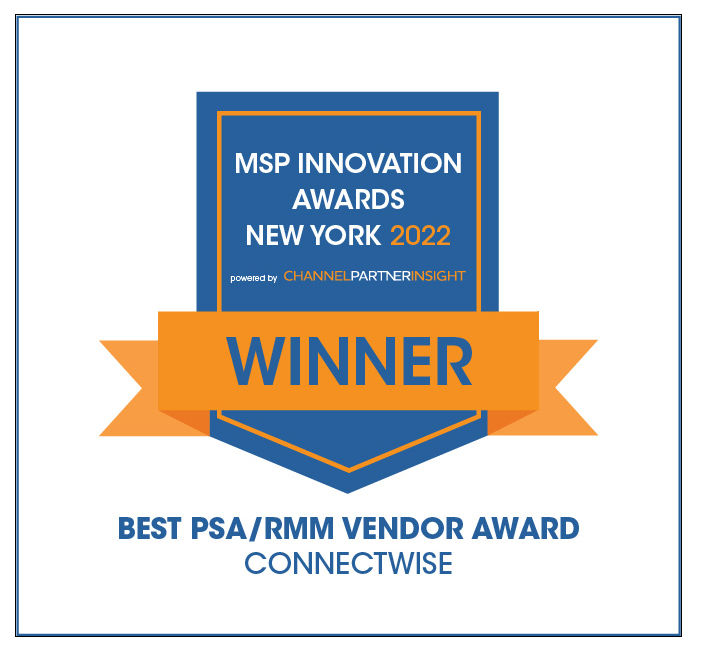What is network discovery?
Many organizations in today’s modern world operate with large, complex, and distributed networks. From bring-your-own-device policies to hybrid or remote workforces, this new paradigm in business is changing how we perceive and utilize technology.
All these elements make it challenging for MSPs to unlock insights and advance visibility into clients’ technological health, which can lead to roadblocks, security risks, and missed opportunities for growth.
By leveraging robust network discovery tools and techniques, your teams can seamlessly identify devices, use service mapping, and monitor clients’ overall infrastructure.
Network discovery definition
What is network discovery? At its core, network discovery refers to a process that creates “network maps,” which help improve visibility into all of the hardware and software connected to a client’s local network.
To successfully map an operation’s network, MSPs traditionally utilize three primary discovery protocols to identify and track assets: Simple Network Management Protocol (SNMP), Link Layer Discovery Protocol (LLDP), and Ping.
Whether you are servicing an enterprise or a small-to-midsize business (SMB), network discovery helps improve control over infrastructure, create inventories of devices, and enforce best-in-class security measures.
Why is network discovery important?
Network discovery provides you with comprehensive visibility of all devices connected to a network. Without this in-depth understanding of what devices your clients have and how they communicate with each other, MSP teams may struggle to understand complexities, identify problems, and troubleshoot effectively.
With today’s distributed workforce, network discovery has become increasingly critical. Leveraging a network map empowers your teams with clear visibility and creates a solid foundation if and when your clients decide to grow. Regardless of organizational size, leveraging network discovery provides great benefits and increased control over client networks.
In addition to improved communication and visibility, network discovery protocols help to provide:
Enhanced insights
By leveraging network discovery protocols, MSPs are able to seamlessly pinpoint the root of any downtimes, outages, or interruptions. Instead of randomly searching to identify the root cause of an error, a comprehensive network map will empower you to act quickly and effectively.
Seamless hybrid networks
For any client that leverages a combination of virtual networks, wired and wireless networks, and cloud servers, network discovery software is even more critical. Network topology discovery provides robust insights into an entire network, illuminating all connections so MSPs can seamlessly identify and troubleshoot issues that arise.
A critical foundation for success
As an increasing number of businesses are expanding their digital footprint, building a solid network discovery infrastructure is key for long-term stability and growth. It is important that MSPs today no longer solely focus on basic performance metrics to ensure client network health and vitality. Instead, your team should leverage a full arsenal of network discovery tools to create a comprehensive blueprint of their overall network health.
Improved security
Using network discovery on your clients’ infrastructure can help boost network security in numerous ways. From identifying invalid IP addresses to tracking open ports on devices, network discovery mapping helps your team determine potential risks and take steps to fix them.
How network discovery works
Remember, network device discovery tools leverage three key technical protocols to create a network map: SNMP, LLDP, and pings.
These tools work together to run network scans, use ping sweep, and monitor devices using SNMP. The data collected provides MSPs with an arsenal of insights to better understand a client’s entire network infrastructure.
Simple Network Management Protocol (SNMP)
With Simple Network Management Protocol (SNMP), it’s possible to gather and organize information on all assets located on a network.
With SNMP, you not only gain access to a list of approved devices—but you’ll also be able to create status reports for each piece of equipment, such as manufacturer, model, serial number, age, or condition. This information makes it seamless to create an inventory list of all devices across an entire organization.
This includes both hardware and software:
- Virtual computers and networks
- Routers
- Printers
- Hubs
- Switches
- Firewalls
- Hosts
- Servers
- Wireless access points
- Applications
- Support systems
- Operating systems
- Patches and updates
Link Layer Discovery Protocol (LLDP)
Link Layer Discovery Protocol (LLDP) enables the exchange of information between different systems on a network and is designed for network topology discovery. With LLDP enabled, it transmits regular device information to another device at regular intervals.
From this data, your network device discovery and management software will begin to build a network map. LLDP can gather a comprehensive list of insights, such as:
- System name
- Port name
- VLAN name and identifier
- IP network management address
- Device capabilities
- MAC address and physical layer information
- Power information
- Link aggregation information
Pings
Pings are one of the most common network utility tools, and help ensure your teams can test the reachability of a device over an IP network. Pings work by sending an Internet Control Message Protocol (ICMP) to a connected asset. Then, it measures the amount of time it takes to receive an answer and determines whether the device is properly connected.
Common network discovery issues
Whether you’re working to streamline a client’s network discovery infrastructure or work with them to create new policies, you may encounter a few common network discovery issues:
Large or unorganized inventories
While having a robust network discovery protocol is the end goal, many organizations may struggle to keep up with ever-changing amounts of devices—particularly for hybrid or distributed workforces.
Manual tracking or outdated systems
If your client is relying on a combination of manual and automated tracking solutions, it may be challenging to effectively track assets and identify roadblocks across the network infrastructure. Automated tracking and monitoring systems play a vital role in helping MSPs stay ahead of potential issues.
Using the wrong tools
MSPs that leverage a large suite of network performance or security tools may have increased access to discovery insights. Some MSPs may corroborate this data into a configuration management database (CMBD), however, this process can sometimes come with challenges and provide limited visibility into systems and networks.
Finding your network discovery solution
Although MSPs can utilize manual techniques to develop a network discovery solution, leveraging network discovery software is the most streamlined and efficient option to automate the process.
ConnectWise RMM is an automated, out-of-the-box remote management solution for MSPs ready to improve daily operations. With ConnectWise RMM, remotely access your clients’ IT system infrastructure, monitor endpoints in real time, and automate ongoing updates, patches, and maintenance. In addition, ConnectWise RMM now has built-in network monitoring in some packages, allowing you to easily discover devices, get network alerts, and see full topology maps all within the interface.
Learn more about ConnectWise Unified Monitoring and Management featuring network monitoring or watch a demo today.




